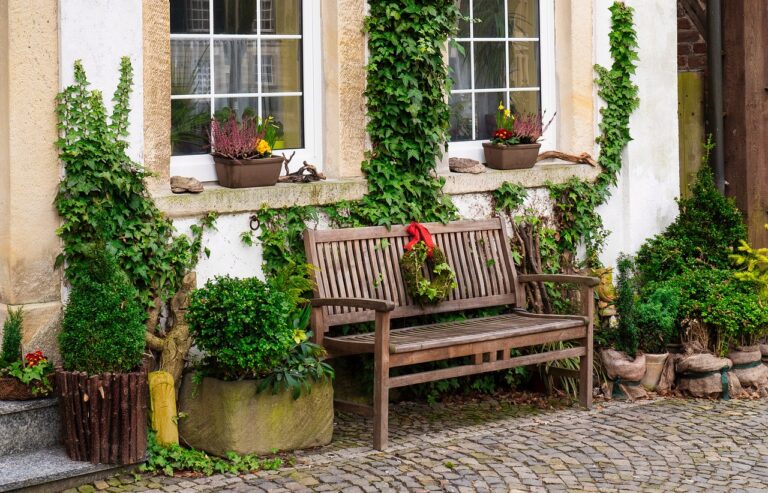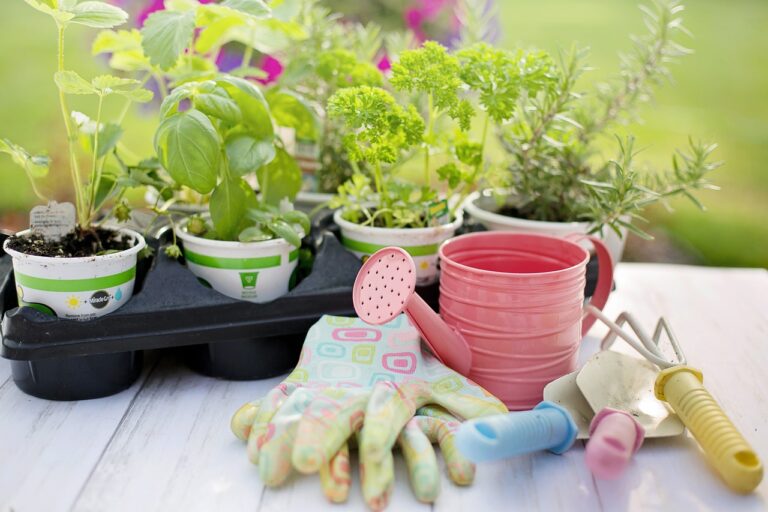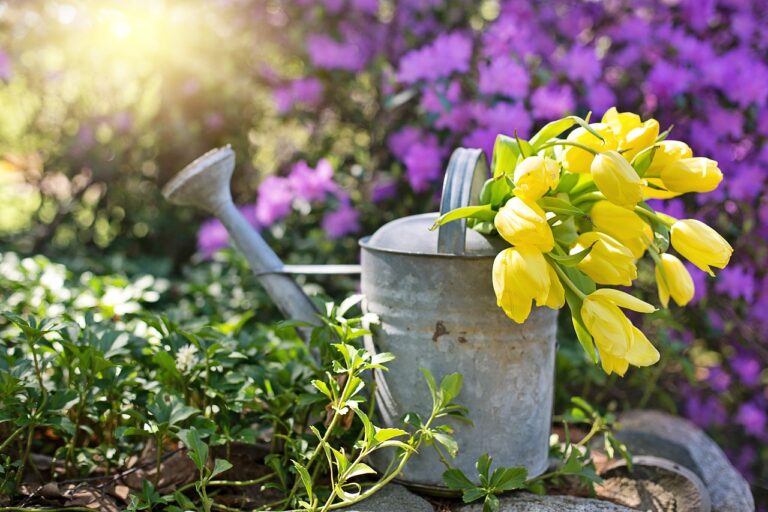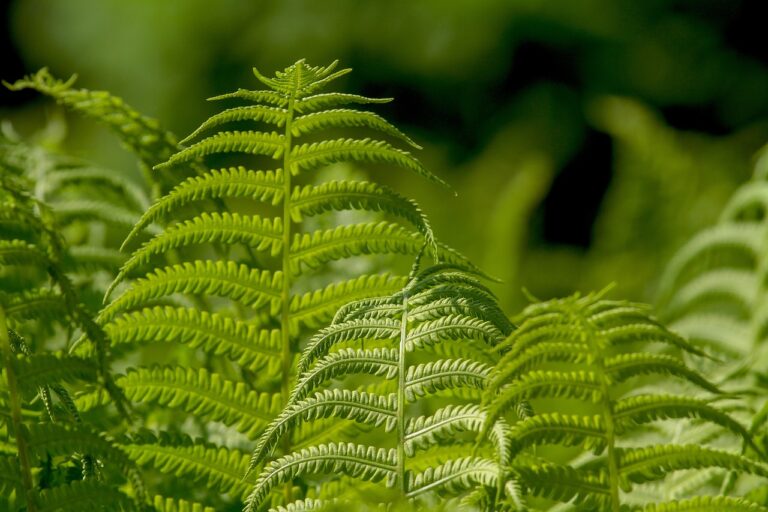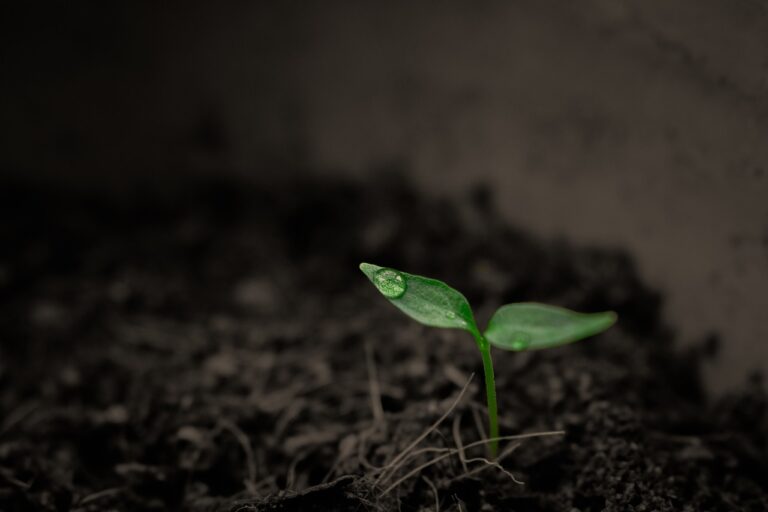Tips for Gardening in Small Spaces: Maximizing Your Green Thumb
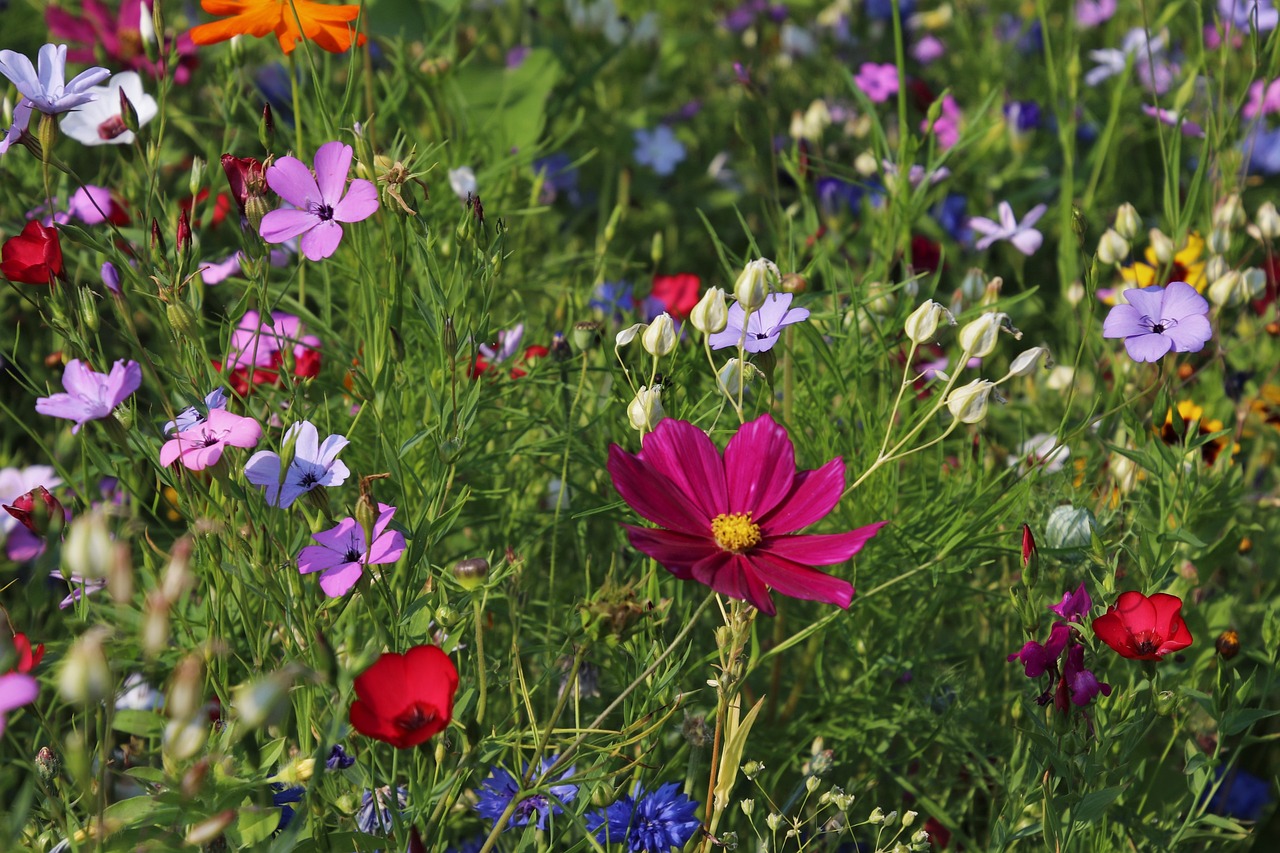
Gardening in small spaces can be both challenging and rewarding. Whether you have a tiny apartment balcony, a small backyard, or just a windowsill, you can create a beautiful and productive garden with the right strategies. Here are five essential tips for making the most of your limited space:
1. Choose the Right Plants
Selecting the right plants is crucial for small-space gardening. Opt for compact, fast-growing, and multi-purpose plants that make the most of your limited area.
- Compact Varieties: Choose dwarf or compact varieties of vegetables, herbs, and flowers that are specifically bred for small spaces. Examples include dwarf tomatoes, bush beans, and compact lettuce varieties.
- Vertical Growers: Utilize vertical space by growing climbing plants such as peas, beans, cucumbers, and vining flowers like morning glories and sweet peas.
- Herbs and Edible Flowers: Herbs such as basil, cilantro, and thyme, as well as edible flowers like nasturtium and calendula, thrive in containers and small spaces.
2. Utilize Containers and Raised Beds
Containers and raised beds are excellent solutions for small-space gardening. They offer flexibility and control over soil quality and plant placement.
- Containers: Use a variety of containers, such as pots, hanging baskets, window boxes, and grow bags, to maximize space. Ensure that containers have proper drainage and are appropriately sized for the plants you want to grow.
- Raised Beds: Install raised beds to create a defined gardening area. Raised beds can be customized to fit your available space and allow for better soil management and drainage.
- Material Selection: Choose lightweight, durable materials for your containers and raised beds, such as plastic, fabric, or wood, to make them easy to move and arrange.
3. Grow Vertically
Vertical gardening is a highly effective way to maximize limited space. By growing vertically, you can reduce crowding and create a more organized and visually appealing garden.
- Trellises and Arbors: Use trellises, arbors, and lattice panels to support climbing plants. These structures can be attached to walls, fences, or placed freestanding.
- Vertical Planters: Invest in vertical planters, stacking pots, or wall-mounted planters that allow you to grow multiple plants in a compact footprint. Vertical planters are ideal for herbs, flowers, and leafy greens.
- Hanging Gardens: Create a hanging garden with hanging baskets, floating shelves, or tiered plant stands. These setups are perfect for trailing plants like strawberries, ivy, and petunias.
4. Optimize Sunlight and Watering
Maximizing sunlight and ensuring proper watering are essential for the success of your small-space garden.
- Sunlight Exposure: Position your garden in the sunniest spot available. Most vegetables and herbs require at least 6-8 hours of direct sunlight daily. Use reflective surfaces like mirrors or white walls to amplify sunlight.
- Watering: Small gardens often require more frequent watering due to limited soil volume and increased exposure to sun and wind. Use a drip irrigation system or self-watering containers to maintain consistent moisture levels.
- Rain Barrels: Install rain barrels to collect and store rainwater for garden use. This is an eco-friendly way to ensure your plants get the water they need.
5. Employ Intensive Gardening Techniques
Intensive gardening techniques involve maximizing the productivity of your space by planting crops closely together and utilizing every inch of soil.
- Square Foot Gardening: Practice square foot gardening by dividing your planting area into small sections (typically 1 square foot) and planting different crops in each section. This method optimizes space and reduces weed growth.
- Succession Planting: Use succession planting to ensure a continuous harvest. Plant fast-growing crops like radishes and lettuce in succession throughout the growing season, replacing harvested plants with new ones.
- Companion Planting: Practice companion planting by grouping compatible plants together. For example, plant basil alongside tomatoes to improve growth and deter pests.
In conclusion, small-space gardening is all about choosing the right plants, utilizing containers and raised beds, growing vertically, optimizing sunlight and watering, and employing intensive gardening techniques. By implementing these five essential tips, you can create a productive and beautiful garden, regardless of space constraints. Happy gardening!

